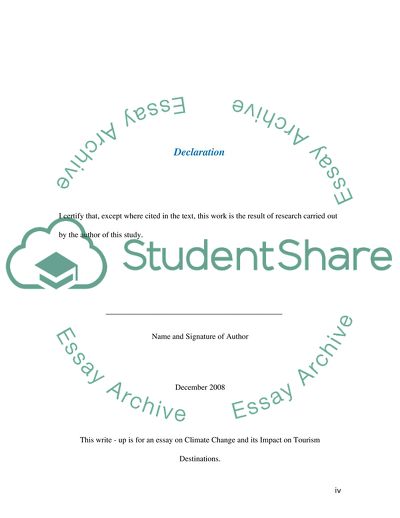Cite this document
(Climate Change and Its Impact on Tourism Destinations Essay, n.d.)
Climate Change and Its Impact on Tourism Destinations Essay. https://studentshare.org/tourism/1716877-climate-change-destinations
Climate Change and Its Impact on Tourism Destinations Essay. https://studentshare.org/tourism/1716877-climate-change-destinations
(Climate Change and Its Impact on Tourism Destinations Essay)
Climate Change and Its Impact on Tourism Destinations Essay. https://studentshare.org/tourism/1716877-climate-change-destinations.
Climate Change and Its Impact on Tourism Destinations Essay. https://studentshare.org/tourism/1716877-climate-change-destinations.
“Climate Change and Its Impact on Tourism Destinations Essay”. https://studentshare.org/tourism/1716877-climate-change-destinations.


